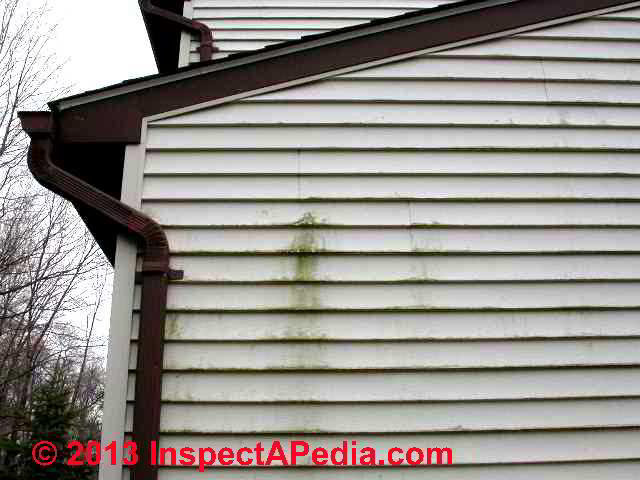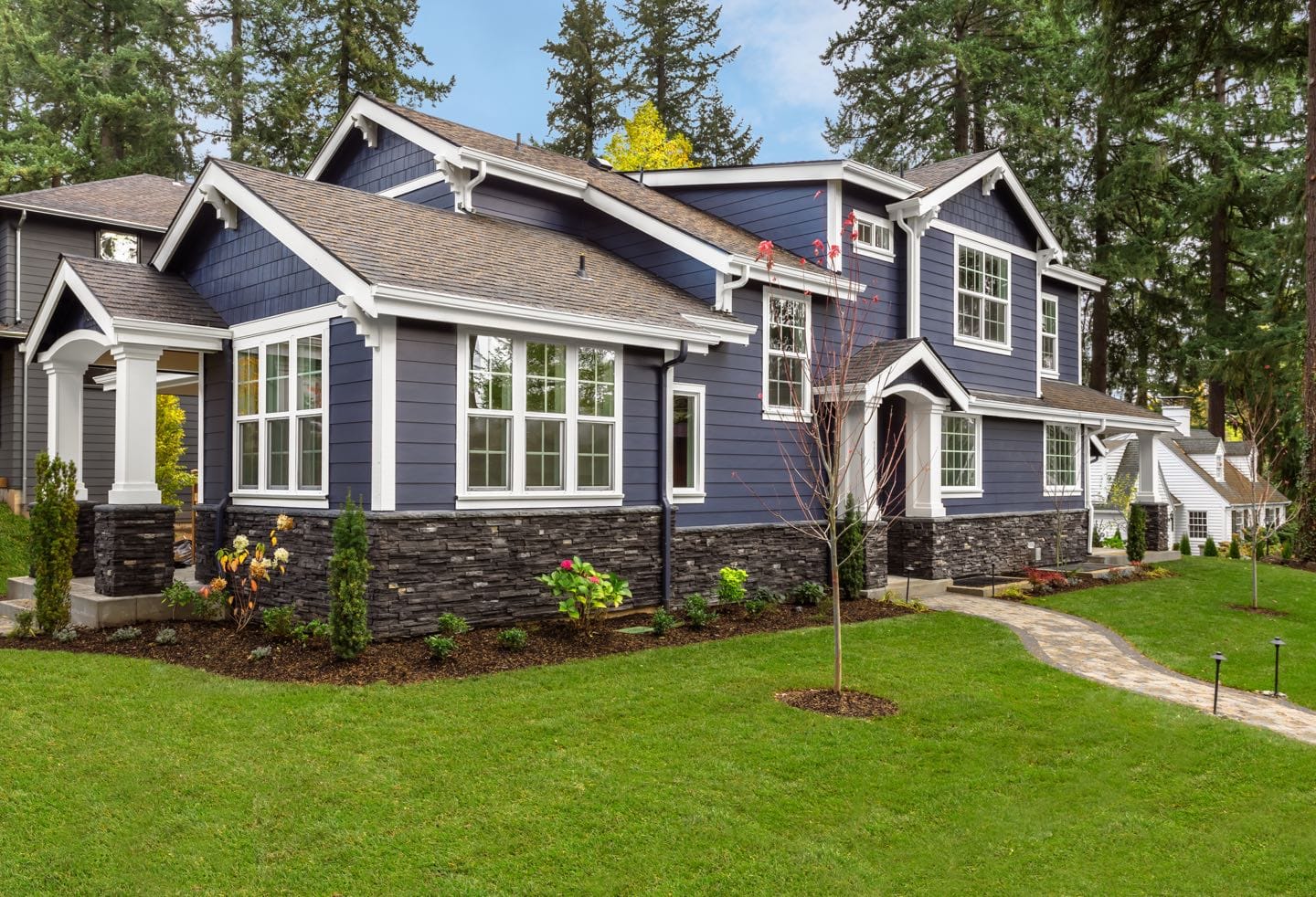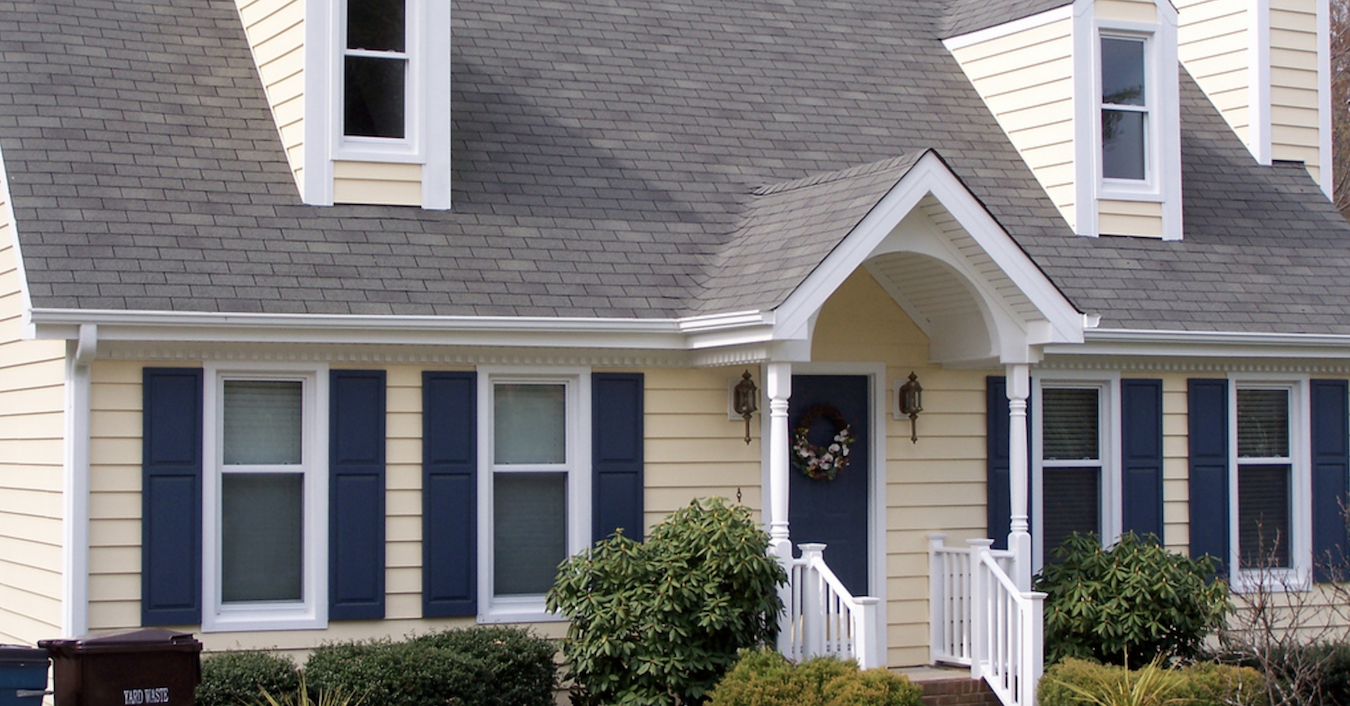Vinyl Siding Pokes Out When Sun Hits It

Vinyl hit its stride in the market in the 60s and 70s.
Vinyl siding pokes out when sun hits it. And then there s rain. One of the most common questions we get is about the popping or crackling sounds they hear from their vinyl siding. If siding contractors don t align each nail properly in the nailing slots there won t be enough room to allow for sufficient expansion and contraction. All vinyl siding has these.
If the nails are driven too firmly into the siding then it s attached to the house too securely and when the sun hits and it warms up it will expand and bulge. If they are nailed down too tightly to the sheathing they may pop out over time as the pressure builds up between the siding and the frame or stud it is nailed to. If you happen to have a house situated right across from a neighbor who has double pane windows with low e glass and the sun hits them just right that reflected sunlight can be hitting your home. Especially if the new wall siding was installed over a squeaky surface such as polystyrene foam board or foil faced leveling board as the siding heats in the sun and expands it wants to move mostly in the horizontal or lateral direction.
As a result so many older homes maintain this same. Certain times of the year in most climates there will be some moisture condensation that forms behind the siding. Keep in mind that sunlight or other heat sources can also cause vinyl odors and that similar odors can be emitted from other vinyls or plastics on buildings such as windows or screens. Unfortunately if it isn t installed properly some kinds of vinyl cladding can make noises that last for weeks or even months.
If the neighbor you describe is using a barbecue too close to vinyl siding on e would probably see deformed siding there. Siding needs to move. Measured in squares of siding. This isn t a problem if you have wood brick or fiber cement siding on your home but it is a problem if you have vinyl.
That said if wind rips some strips off vinyl siding is reasonably easy to reinstall. Back then homeowners were thrilled at this cheaper yet still as durable siding alternative for their siding. The weep holes are there to allow moisture to escape from behind the siding. These weep holes simply give it an escape path so that nothing behind the siding gets damaged by this moisture.
In fact you can find specialty vinyl siding that can withstand winds up to 240 mph. The sun and vinyl siding don t exactly have the best relationship. Sun can cause fading and in worst case scenarios can even warp or melt siding right off your home. That will do the job in most areas unless a serious hurricane hits your home.
While vinyl is one of the more durable siding options around sunshine is kind of like its krypton. Most vinyl siding is rated to withstand winds up to 110 mph.



















